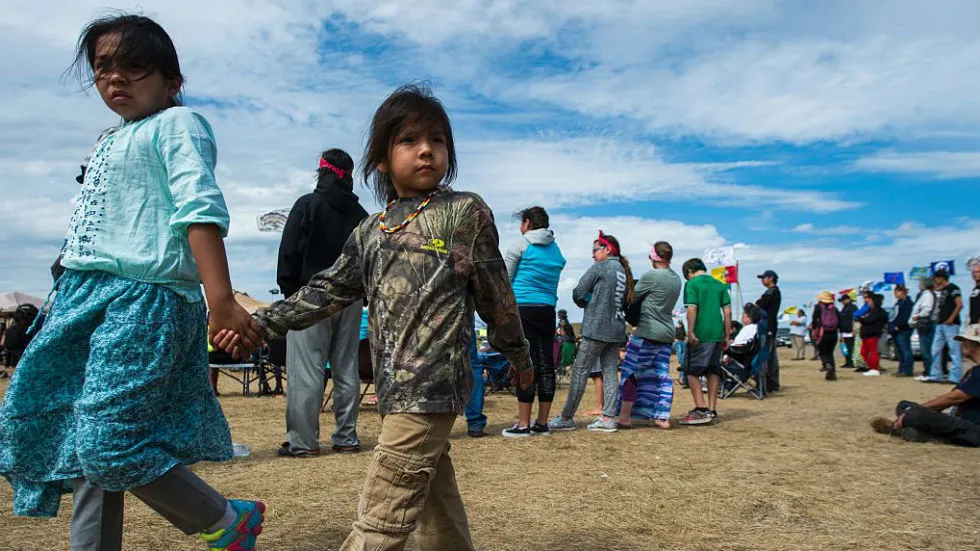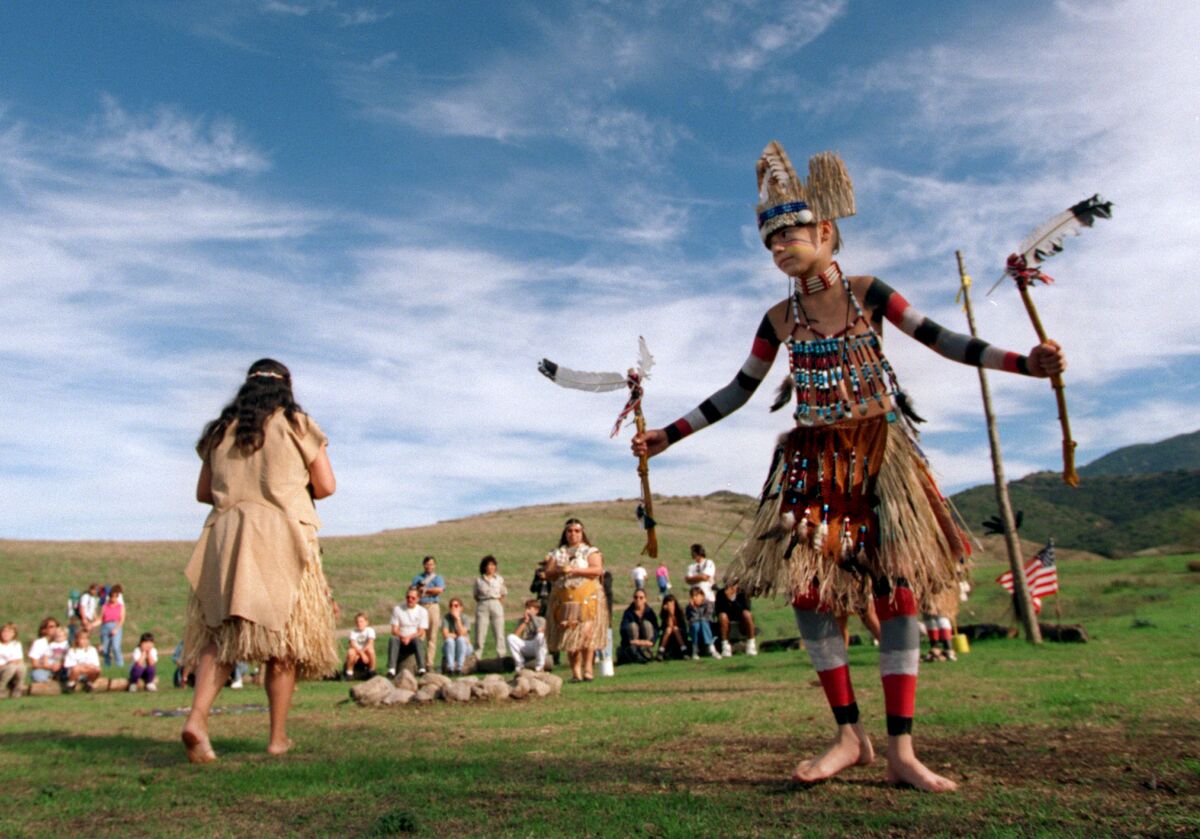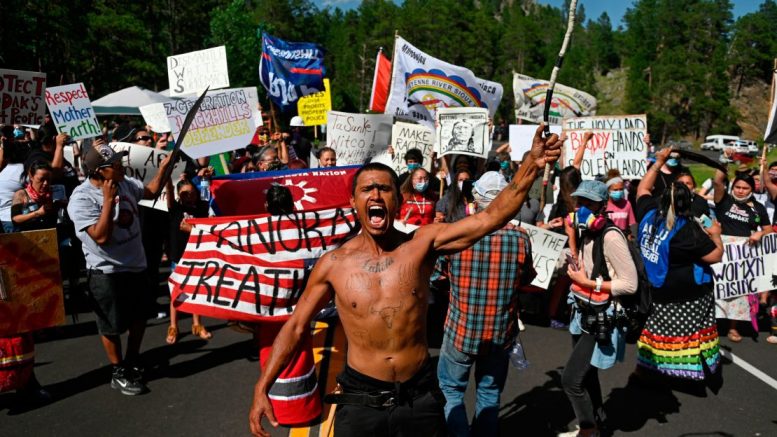The Minnesota state government decided to transfer the land to the descendants of the indigenous Dakota tribe who inhabited these territories in the 19th century. 160 years ago, many members of the tribe were executed and buried on lands that are now part of the Upper Sioux National Park.
Step towards justice: the Dakota tribe will return the lands of the Upper Sioux Park in Minnesota
The lands of the Upper Sioux National Park in Minnesota, USA, were decided to be returned to the descendants of the Dakota tribe who inhabited this area in the 19th century. 160 years ago, the US Army, having won the war against the Indians, carried out the largest mass execution of Native Americans in the history of the country. According to the authorities, the park will be moved and the land will be transferred to the ownership of the indigenous population.
The park in Minnesota, located in the southwest, has an area of about 5 square kilometers. 177 kilometers away there is a memorial erected in memory of the Indians who died on these lands in the 19th century.
According to historians, tensions between the indigenous Dakota tribe and white settlers have become increasingly tense since the 1850s. The Indians accused the US government of violating the agreements concluded between the parties. The reason lies in the fact that the American authorities stopped paying compensation for the land, and also did not allow them to purchase food from white traders. This conflict led to armed confrontation in 1862.
One young Indian, along with three comrades, carried out an attack that resulted in the death of five white settlers. In response to this event, the tribal council decided to launch an attack on settlements throughout the Minnesota River Valley in order to drive the enemy out of the area. Military operations between the parties continued in this territory for a long time. The American army subsequently intervened and was victorious.

By the end of December 1862, more than a thousand Indians had been captured by soldiers and imprisoned in Minnesota prisons. After trial and sentencing, 38 of those arrested were executed—the largest single hanging in American history. In April 1863, the remaining members of the Dakota tribe were driven out of Minnesota.
As reported by The Guardian, state authorities are taking decisive steps to transfer the park, which has a “troubled history,” back to the Dakota tribe, seeking to reconcile past events. “This site is a testament to tragic events. Our ancestors faced hunger and suffering,” said Kevin Jensvold, chairman of the Upper Sioux community, a small tribe of about 550 members living near the park.
Kevin Jensvold noted that for 18 years he has been active in trying to return the park to his people. State Senator Mary Kunesh noted that public statements by Native tribes about the injustices they have experienced have helped educate more people about how Indians were actually dispossessed of their lands. She also added that people are now showing more interest in “doing the right thing and returning the land to the tribes.”
New Horizons: Land Transfers to Indigenous Peoples in the US, Canada and Australia
According to The Guardian, the Land Reclamation movement has become increasingly popular in recent years, allowing many tribes in the United States, Canada and Australia to regain their rights to lands that belonged to their ancestors. It should be noted that no national park has previously been transferred from the US government to any tribe. However, they jointly manage some historically significant sites, such as national monuments such as Grand Portage in northern Minnesota, Canyon de Chelly in Arizona, and Glacier Bay National Park in Alaska.

Some experts express their opposition to this trend. Dave Smiglewski, mayor of Granite Falls, which is adjacent to Upper Sioux Park, notes that people who want to correct historical injustices sometimes support such actions without considering the possible consequences. He questions where this process will end, given that many state parks have similar significance to Native tribes. Smiglewski also points out that land transfers could lead to reduced tourism and revenue for local towns. He and other opponents argue that recreational and historic lands should remain publicly owned rather than transferred to private interests.

